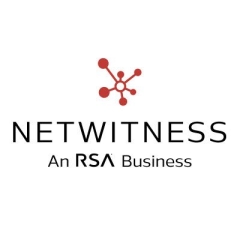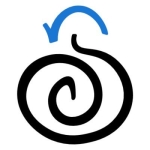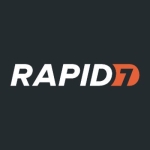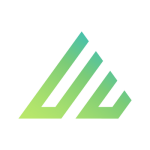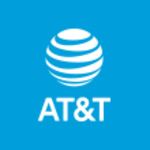Our solution is utilized by customers to monitor security alerts by ingesting logs from all their assets.
They create correlation rules to identify any potential breaches or hacking attempts and receive notifications through the dashboard.
Customers can use additional features to investigate the incident and take the necessary actions.
Prior to implementing the solution, the customers had no visibility of their assets. However, after adopting the solution, they have gained complete visibility over all their assets, including a comprehensive understanding of the network and attack symptoms. With this knowledge, they can respond to any attack and take necessary actions. Essentially, this case has empowered them with comprehensive network visibility.
In my opinion, the solution's most valuable feature is its capacity to monitor network traffic, logs from devices within the network, and network captures.
This capability extends beyond logs to include full network capturing.
I believe that integrating the solution with other products such as Oracle would be beneficial. However, I suggest that the integration process be streamlined and made more efficient to ensure a smooth experience.
It would be great to have the ability to customize reports in a more user-friendly manner.
We are resellers for the NetWitness Platform.
We have not had any issues with the stability of the NetWitness Platform, it is a stable solution.
This solution is very scalable.
We have contacted technical support. They are available. They have around-the-clock support, and they're very helpful.
I would rate them a nine out of ten. There is always room for improvement.
I have worked with Zscaler and Cisco for four or five years.
I am familiar with Elasticsearch, but I prefer NetWitness Platform as it is specifically designed as a security solution for logs, packets, and endpoints rather than a SIEM-only only tool.
The initial setup is complex. It requires some knowledge in order to set it up.
If one is the most difficult and ten is the easiest, I would rate it a three out of ten. It's quite complex.
Initially, we need to prepare the hardware boxes, whether they are physical or virtual or offered as a service. This involves imaging them with the appropriate functions for the module. Then, for network packet capture, the mirror ports must be connected to the packet capture box. Regarding logs, the configuration process involves making NetWitness boxes communicate with each other through the appropriate protocols and ports.
Following this, the next step involves configuring the log sources to send logs to the log box. This process requires the appropriate rules to be configured to initiate log transmission and generate metadata by appropriate parsers on NetWitness. After the setup, the focus shifts to building correlation rules, alerts, and other monitoring activities. These rules and alerts are crucial components for effective monitoring.
The deployment process can vary based on the specific environment and requirements, but typically it takes about one to two weeks to complete.
Maintaining the solution doesn't require a large number of resources. Typically, one or two capable resources are sufficient to maintain the solution effectively.
It's important to continuously monitor and ensure the health and proper functioning of the solution. This involves regularly checking the log sources to ensure that the logs are being ingested correctly and there are no issues such as overutilization or spikes in network traffic.
It is not a cheap product.
The NetWitness Platform may be affordable only for enterprise-level customers, as it may not be within the budget of small and medium-sized businesses.
I would advise taking your time to understand the architecture of the solution, including how the modules communicate with each other and the role of each module. It is recommended to start slowly after gaining this understanding.
I would rate NetWitness Platform an eight out of ten.

